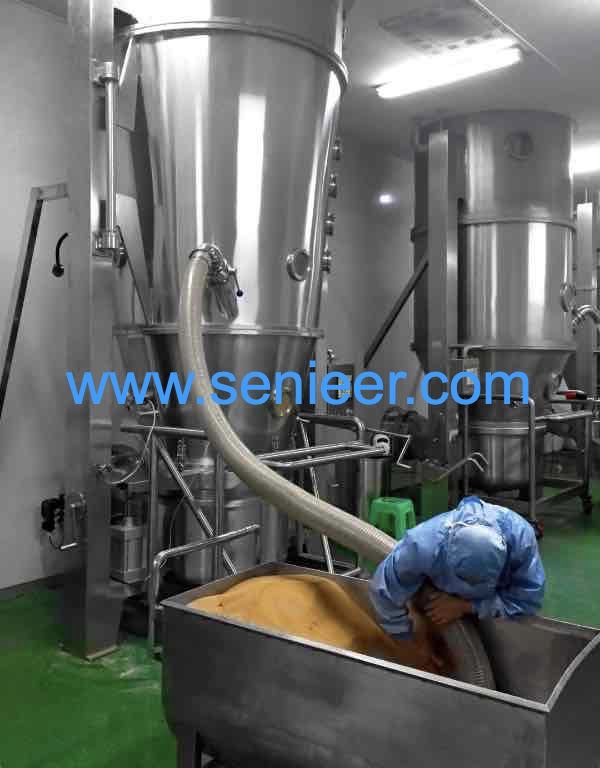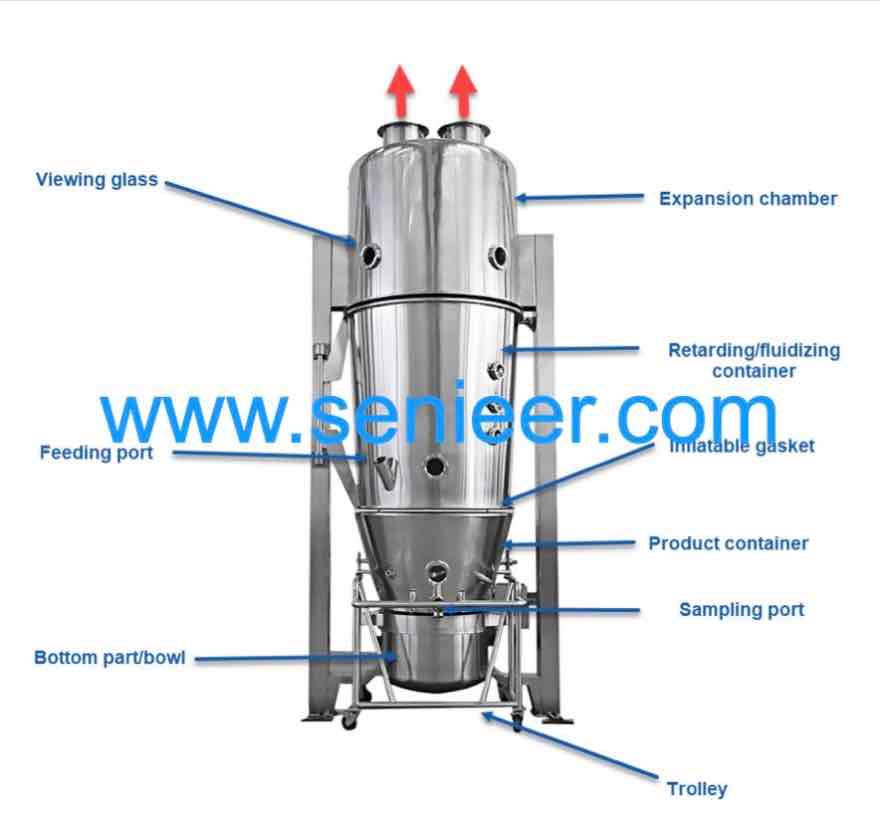Have you been using a fluid bed dryer or are you planning to buy one? If you have ever interacted with this equipment, you must have heard some unconfirmed misconceptions about it. Some are true while others are false. These are what we are calling myths and facts of a fluid bed dryer.
How can I confirm that certain misconception or myth about a fluid bed dryer is true? The best way is to get it from fluid bed dryer experts. These are people who specialize in everything that concerns the fluid bed dryer.
Being a technician in a manufacturer that designs and manufactures fluid bed dryers, I have years of experience building up a significant level of understanding of fluid bed drying. I have also learned every aspect of this innovation and how it tends to be applied to a wide range of materials.
Working with our clients from the earliest starting point through item testing, new item preliminaries, and gear dispatching, I have seen how their degree of understanding of fluid bed drying standards and principles vary extensively. However, I frequently hear similar unfounded misconceptions about fluid bed drying again and again.
In this article, I am going to share with you some of the myths that I have heard, and we will counter them with facts.
Myth 1. A fluid bed dryer degrades the quality of the products.
Some people believe that the dry air stream that is used during a fluidized drying process can cause product attrition. Is this true?
It would be simple for any inexperienced FBD user to watch a vibrating fluid bed dryer in real life and wonder how the particles that enter the infeed are undoubtedly the same to those that are released — with a similar molecule size and shape, just dry.
The vigorous fluidization activity going on inside the dryer may show up as a danger to the product. It must separate touchy items, make fine particles to disintegrate.
This is not true. Instead, it is absolutely this fluidization activity — alongside standardized construction — that helps to preserve the state and integrity of every individual particle.
The processed product is consistently fed into the system through a long rotating pipe. The movement of the turning drum lifts the particles inside the drum, and afterward, the product is dropped down onto different particles.
However, this does not mean that all the fluid bed dryers for sale don’t characteristically cause attrition of the product. Instead, their designs and how they are constructed will have a direct impact on your product. A poorly designed and built FBD will have some adverse effects on the product.
For instance, since fluid bed dryers are designed to accomplish maximum heat transfer from air to the product, the design should make this goal possible. It should also ensure that the air transfer is consistent to achieve uniform drying.
A flaw in the construction or design can interfere with the smooth supply of the airstream. This will lead to product attrition in the FBD. Well-constructed fluid bed dryers have minimal vibrations hence won’t cause massive damage to the processed materials.
In short, be careful with the food bed dryer that you choose, as some can lead to product attrition.
Myth 2: Fluid bed dryers do not work well with fine particles
Quite a significant percentage of people assume that fluid bed dryers are not ideal for the fine particles. This myth pushes them into seeking alternative solutions for drying fine grains. Are you one of those people? Let’s debunk this common myth about a fluid bed dryer.
This reasoning is likely due to the way that accomplishing fluidization requires a given airspeed and, contingent on the airspeed and distribution of particles, a level of the fine particles gets washed away by the fast-moving airstream.
Once entrained, they usually are conveyed to a remote residue gatherer, where they must be moved back to the item stream or disposed of as waste products.
This bulky design makes wasteful aspects that cause engineers to think about the framework to examine different alternatives for drying fine particles.
The truth of the matter is modern fluid bed dryers are perfectly designed to counter this problem of fine particles. The key feature that permits this dryer configuration to neutralize the loss of fine particles is the reverse-pulse bag, which is at the highest point of the fluid bed.
If fine particles ascend over the fluid bed to where they become entrained in the airstream, the basic bag house channel keeps them from escaping the processor. In fact, you won’t need any dust collection equipment for fine or small particles.
So, be sure that a fluid bed dryer will provide the best solution regardless of the size of your particles.
Myth 3: Fluid bed dryers are challenging to clean
Like any other equipment, you need to maintain high hygiene standards for your fluid bed dryer. You need to clean it regularly. However, there is a common myth that fluid bed dryers are difficult to clean. Is this true?
Numerous fluid bed dryers are structured with a jolt on covers and no arrangements for the cover removal. Access to the inside of the machine is seriously obstructed, and this makes it particularly hard to clean. Some fluid bed dryers have large access holes where you can get inside and do the cleaning. However, they are usually avoided due to the safety issue.
However, modern FBDs, such as Senieer fluid bed dryers, have advanced features that make them easy to clean. One of the features is the C-clamp, which is usually mounted on the sides of the dryer decker. This feature allows you to reach the deepest bottoms of the dryer.
Another feature is a motorized cover, which allows you to open the dryer and do the cleaning easily.
It is possible to disassemble some dyers and clean them thoroughly.
The above are the three most common myths about fluid bed dryers. However, you don’t have to worry because we have unmasked them. In case you have any questions about the fluid bed dryer, talk to us. As a fluid bed manufacturer in China, we can give you valuable insights into this product.













